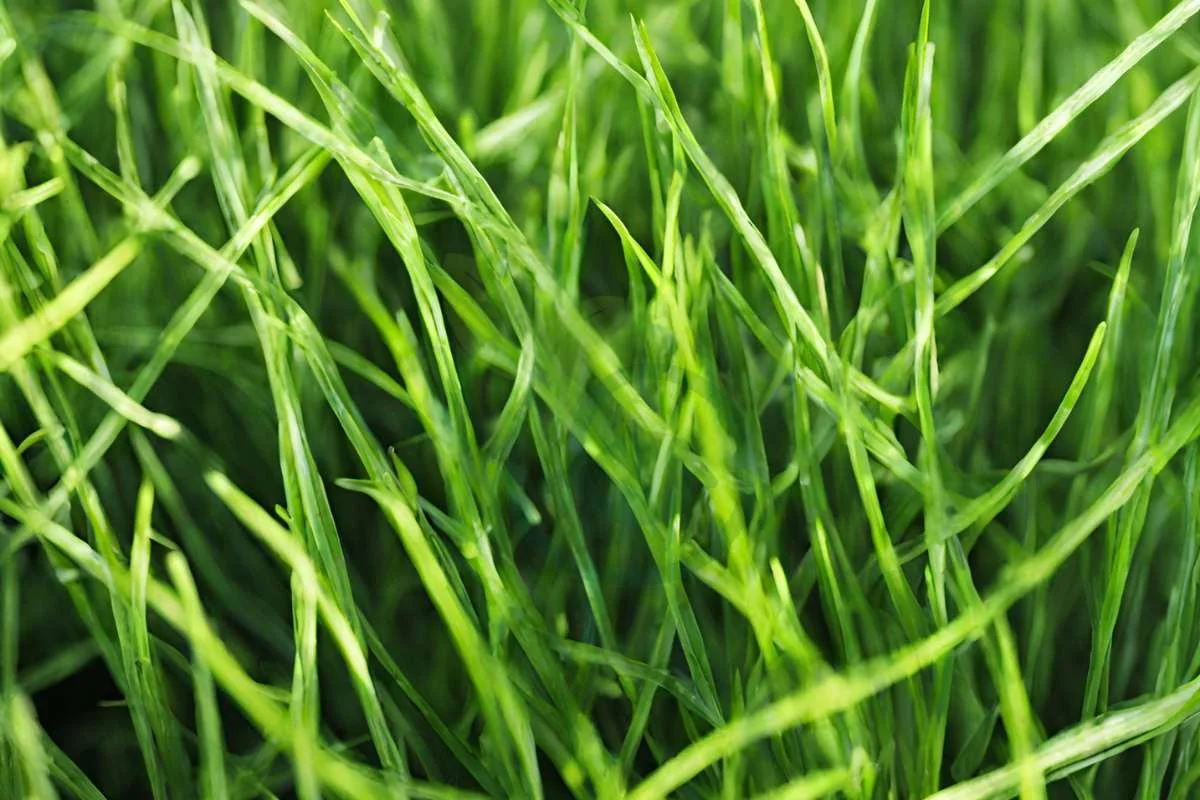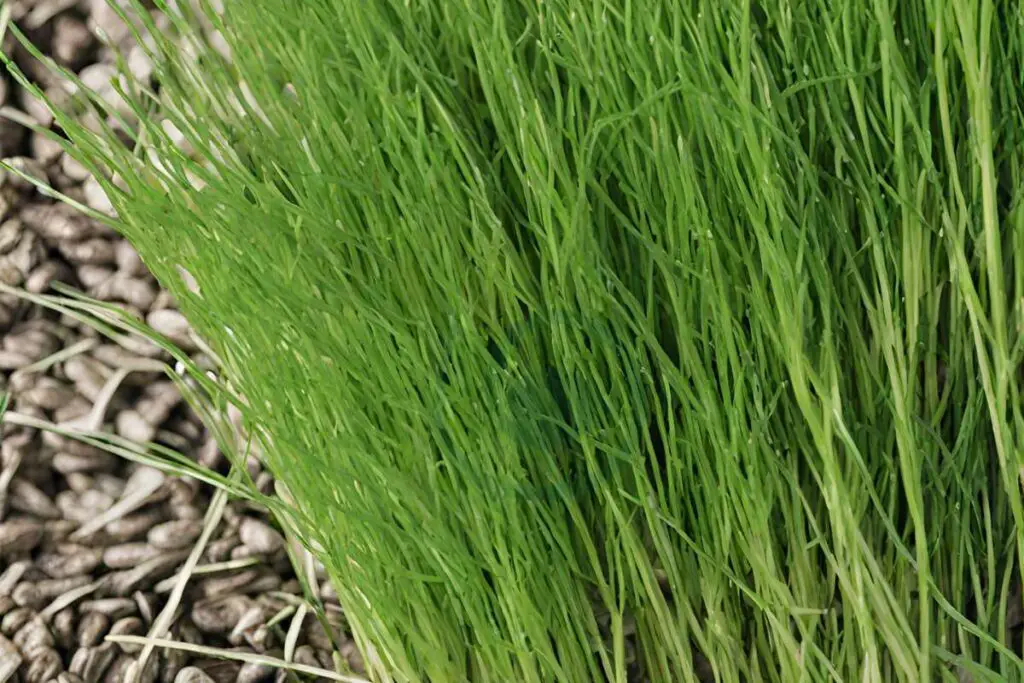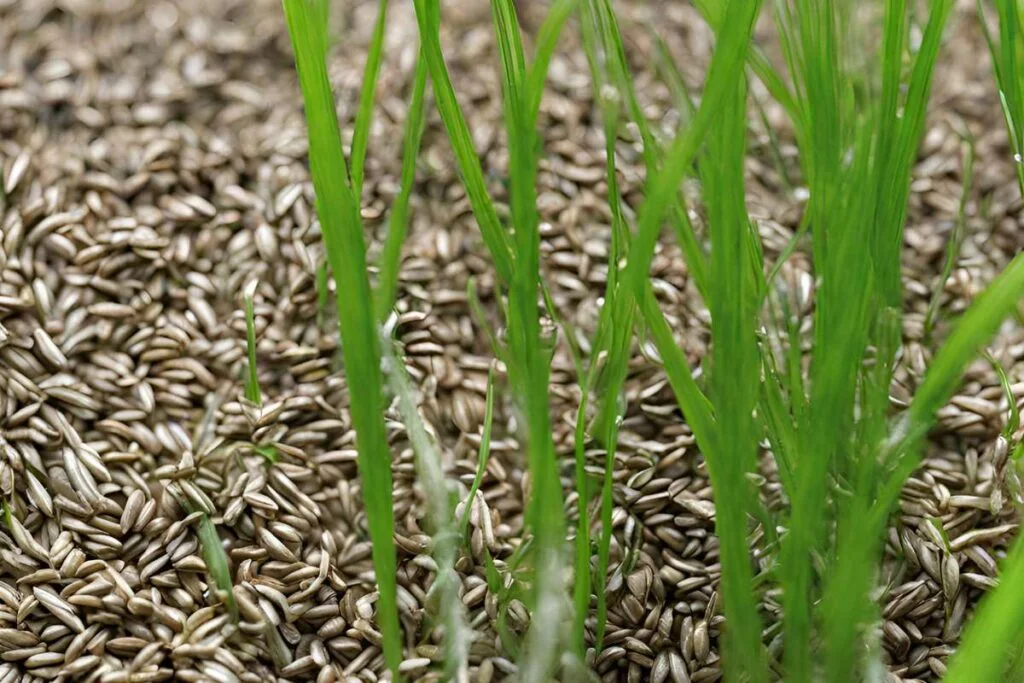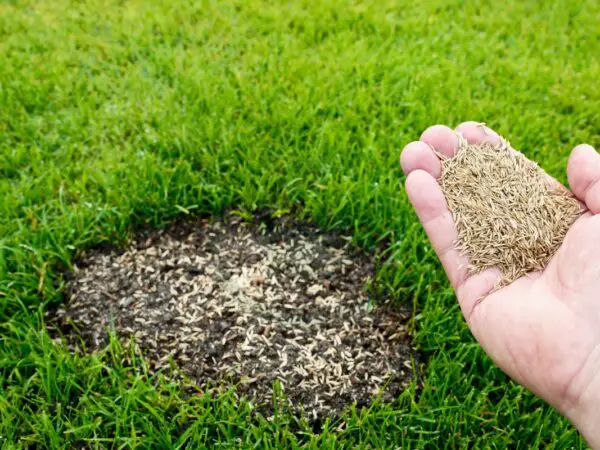
Looking to achieve a lush green lawn? Planting centipede grass seed is the way to go. Centipede grass, known for its low maintenance and drought tolerance, thrives in warm climates. By understanding the best practices for planting centipede grass seed, you can ensure a successful and vibrant lawn. Whether you're starting from scratch or overseeding an existing lawn, knowing the right techniques will make all the difference. In this guide, we'll explore step-by-step instructions on the best way to plant centipede grass seed to help you achieve that beautiful carpet of green you've been dreaming of.
Key Takeaways
- Ensure ideal conditions for planting centipede grass seeds by choosing a sunny location with well-draining soil.
- Prepare the soil thoroughly by removing debris, loosening the top layer, and adding organic matter like compost.
- Plant centipede grass seeds at the recommended depth, spacing them evenly to promote uniform growth.
- Water newly planted seeds consistently but avoid overwatering to prevent rot or disease.
- Provide post-planting care by monitoring growth, mowing at the correct height, and fertilizing sparingly.
- Encourage the spread of centipede grass through proper maintenance practices like regular mowing and weed control.
Ideal Conditions
Soil Type
Identify the soil type in your area to ensure it is acidic and sandy, ideal for centipede grass growth. Test your soil pH levels to confirm they are suitable for centipede grass before planting. Centipede grass thrives in well-draining soils with a pH range of 4.5 to 6.0.
Sunlight Needs
Ensure your centipede grass receives at least 6 hours of sunlight daily for optimal growth. Centipede grass can tolerate some shade but prefers full sun conditions. Avoid planting centipede grass in heavily shaded areas to prevent thinning and weak growth.
Climate Considerations
Choose centipede grass if you live in the Southeast due to its heat tolerance and low-maintenance nature. Centipede grass is not suitable for regions with cold winters or alkaline soils. Optimal climate conditions for centipede grass include warm temperatures and moderate humidity levels.
Preparing the Soil
Soil Testing
Conduct a soil test to assess nutrient levels and pH balance before planting centipede grass seeds. Soil testing kits are available for purchase at garden centers or through agricultural extension services. Understanding your soil composition is crucial for making informed decisions on soil amendments and fertilization.
Soil Amendments
Enhance soil quality by incorporating organic matter like compost into the soil prior to planting centipede grass seeds. Consider adding peat moss or aged manure as soil amendments to improve drainage and nutrient retention. Avoid using lime as a soil amendment since centipede grass thrives in acidic soils.
Leveling Ground
Prepare the planting area by leveling the ground to ensure a smooth surface for even seed distribution. Remove any rocks, roots, or debris from the soil to prevent hindrance to seed germination. Use a rake to level the ground post-amendment for optimal seed-to-soil contact.
Planting the Seeds

Sowing Techniques
Plant centipede grass seeds using a spreader for even distribution across the planting area. Gently rake them into the soil to ensure proper seed-to-soil contact, aiding germination. Following recommended seeding rates prevents overcrowding and supports healthy growth.
Optimal Timing
Begin planting centipede grass seeds in late spring or early summer when soil temperatures exceed 70 degrees Fahrenheit. Avoid colder months or frosty conditions that can impede seed germination. Timely planting is crucial for successful establishment of a new centipede grass lawn.
Seed Coverage
Attain adequate seed coverage by adhering to recommended seeding rates based on your lawn's size. Evenly distribute seeds with a spreader to prevent patchy growth patterns and promote uniform germination. Proper seed coverage is key to lush turf development without overcrowding.
Watering Practices
Initial Watering
Keep the soil surface moist by lightly watering daily or as needed until seedlings reach at least 2 inches tall. Water newly planted centipede grass seeds consistently to support germination and early growth stages. Monitor soil moisture levels closely during the initial watering period to prevent drying out or overwatering.
Germination Period
Be patient during the germination period, as centipede grass seeds can take anywhere from 10 to 28 days to sprout. Maintain consistent moisture levels in the soil to support seed germination and root development. Monitor progress regularly and adjust watering frequency based on weather conditions.
Regular Schedule
Establish a regular maintenance schedule for mowing, watering, fertilizing, and pest control activities in your centipede grass lawn. Consistent care routines help promote healthy growth, weed suppression, and overall lawn vitality. Create a calendar with specific tasks for each season to ensure proper upkeep of your centipede grass lawn.
Post-Planting Care
Fertilization Schedule
Apply fertilizer sparingly to centipede grass lawns, opting for slow-release formulations for gradual nutrient absorption. Feed your grass twice yearly – in mid-spring and mid-summer – using a balanced lawn food product. Avoid excessive nitrogen, which can harm the grass and cause thatch buildup.
Mowing Practices
Maintain an optimal mowing height of 1½ to 2 inches for centipede grass to prevent thatch accumulation and turf stress. Use a sharp mower blade for clean cuts and avoid cutting more than one-third of the blade length at once. Adjust mowing frequency based on growth rate and seasonality for healthy root development.
Pest Control
Implement preventive measures against common pests like fire ants with products designed specifically for centipede grass lawns. Regularly monitor your lawn for signs of pest infestations such as wilting leaves or unusual discoloration. Address pest issues promptly with targeted treatments to minimize damage and keep your lawn healthy.
Encouraging Spread
Thinning Areas
Address thinning areas promptly by overseeding with high-quality centipede grass seed blends. Loosen the topsoil in thinning spots, sow fresh seeds, and gently rake them for optimal seed-to-soil contact. Water consistently until germination, then integrate into regular maintenance.
Overseeding Tips
Overcome bare patches with compatible varieties suited to your region's climate. Opt for premium quality products formulated for warm-season turfgrasses like centipedegrass. Follow proper techniques - prepare soil, choose suitable blends, and ensure post-seeding moisture.
Seasonal Maintenance
Summer Care
During the summer months, adjust watering schedules to meet centipedegrass's increased water needs. Watch for signs of stress like wilting and browning. Implement summer-specific maintenance tasks such as pest control and proper irrigation.
In hotter weather, centipedegrass requires more water to thrive. Keep a close eye on your lawn for any signs of distress. Adjust your care routine accordingly to ensure optimal growth during the summer season.
To maintain a healthy lawn in summer, follow a regular mowing schedule tailored to warmer conditions. Consider applying summer fertilizers to provide essential nutrients for robust growth.
Winter Protection
Prepare your centipedegrass for winter dormancy by gradually reducing mowing frequency as temperatures drop in fall. Apply a winterizing fertilizer, like Scotts® Turf Builder® Southern Lawn Food, before winter arrives.
As winter approaches and growth slows down significantly, protect your turfgrass from frost damage by minimizing foot traffic on the lawn. This helps prevent stress on the grass during dormant periods when it is most vulnerable.
Centipedegrass lawns are sensitive to extreme cold; therefore, it is crucial to take preventive measures against frost damage during winter months. Consider covering delicate plants with protective materials or mulch to shield them from harsh weather conditions.
Troubleshooting Issues
Weed Control
Combat common weeds like crabgrass or broadleaf varieties effectively using selective herbicides. Apply pre-emergent weed control products early in spring before weed seeds germinate to target specific weed species. Monitor weed populations regularly throughout the growing season and spot-treat problem areas promptly.
Disease Management
Prevent fungal diseases such as brown patch or dollar spot by practicing good cultural habits. Treat disease outbreaks promptly with fungicides safe for warm-season turfgrasses like centipedegrass. Improve air circulation around susceptible plants by pruning overhanging branches and thinning dense foliage.
Dead Patches
When dealing with dead patches in your lawn, consider the benefits of aeration. Aerating your lawn helps alleviate soil compaction, allowing water, air, and nutrients to reach the grass roots more effectively. This process promotes better grass growth and overall lawn health.
Aeration Benefits:
- Enhances soil structure
- Promotes root growth
- Improves water absorption
Consider reseeding dead patches after aerating your lawn to encourage new grass growth where needed most. When reseeding, ensure proper seed-to-soil contact by lightly raking the area after spreading the seeds evenly. Water thoroughly but gently to keep the soil moist for optimal germination.

Reviving Declining Lawns
Aeration Benefits
Aeration is crucial for maintaining a healthy lawn. It involves perforating the soil with small holes to allow air, water, and nutrients to penetrate the grass roots. This process helps alleviate soil compaction, promoting better root growth and overall turf health.
Regular aeration enhances water absorption and reduces runoff, leading to improved drought tolerance in your lawn. By allowing oxygen to reach the roots more effectively, you can expect denser and healthier grass growth. This practice also aids in breaking down thatch buildup, preventing issues like disease development.
- Enhances water absorption
- Reduces runoff
- Improves drought tolerance
- Promotes denser grass growth
- Prevents thatch buildup
Reseeding Tips
Timing is key. Optimal periods for overseeding include early fall or spring when temperatures are moderate and rainfall is consistent. Before reseeding, ensure proper soil preparation by removing debris, weeds, and loosening the topsoil.
Choose high-quality centipede grass seed suited for your region's climate and soil conditions. Spread the seeds evenly over the prepared area using a spreader or by hand broadcasting method. Lightly rake the seeds into the soil surface without burying them too deep for successful germination.
- Time reseeding in early fall or spring.
- Prepare soil by removing debris.
- Choose suitable centipede grass seed.
- Spread seeds evenly over prepared area.
- Lightly rake seeds into surface for germination.
Closing Thoughts
Now that you have all the tools to plant and maintain centipede grass successfully, it's time to put your knowledge into action. Remember, creating the ideal conditions, preparing the soil meticulously, and following through with proper planting and care will set you up for a lush and vibrant lawn. Regular maintenance and troubleshooting any issues promptly will ensure your centipede grass thrives for years to come.
Take charge of your lawn's health by implementing these steps diligently. Your efforts will not only result in a beautiful outdoor space but also contribute to the overall appeal and value of your property. So, roll up your sleeves, get your hands dirty, and watch your centipede grass flourish under your expert care.
Frequently Asked Questions
What are the ideal conditions for planting centipede grass seed?
Centipede grass thrives in full sun to partial shade and well-draining soil. It prefers acidic soil with a pH between 5.0 and 6.0. Ensure the area has good air circulation to prevent disease.
How should I prepare the soil before planting centipede grass seeds?
Prepare the soil by removing debris, weeds, and rocks. Loosen the topsoil to a depth of about 4-6 inches. Test the soil pH and amend it if necessary to create optimal growing conditions for centipede grass.
When is the best time to plant centipede grass seeds?
The ideal time to plant centipede grass seeds is during late spring or early summer when temperatures are consistently above 70°F. This allows the seeds to germinate quickly and establish a strong root system before winter.
How often should I water newly planted centipede grass seeds?
Water newly planted centipede grass seeds lightly but frequently, keeping the topsoil moist until germination occurs. Avoid overwatering as it can lead to fungal diseases; aim for watering once or twice daily depending on weather conditions.
What post-planting care practices are essential for nurturing centipede grass seedlings?
After planting, continue watering regularly until the new seedlings are well established. Avoid heavy foot traffic on young turf, provide occasional light fertilization, and mow at recommended heights (1-2 inches) once the grass reaches appropriate height.
Image Source: Paid image from CANVA



